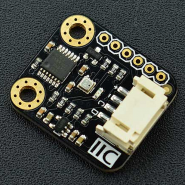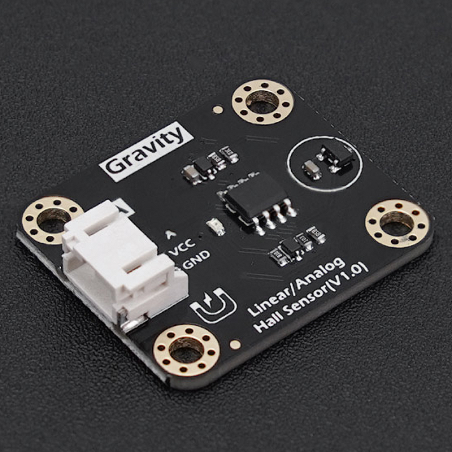
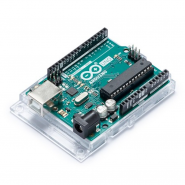






The Gravity: Linear/Analog Hall Sensor is a high-precision device designed for measuring and monitoring magnetic field strength. With advanced Hall effect circuitry at its core, this sensor converts magnetic induction strength directly into a voltage output.The sensor responds uniquely to magnetic fields: when the south pole of a magnet faces the sensing surface, the magnetic field strengthens, and the output voltage rises above the midpoint, gradually increasing
If you want to know more about this product, please check its Wiki Page.
If you have any questions on this product please feel free to contact us.
*Disclaimer: The images are merely illustrative.
Gravity: Linear/Analog Hall Sensor is a high-precision device designed for measuring and monitoring magnetic field strength. Advanced Hall effect circuitry at the core converts magnetic induction strength directly into a voltage output. The sensor responds uniquely to magnetic fields: when the south pole of a magnet faces the sensing surface, the magnetic field strengthens, and the output voltage rises above the midpoint, gradually increasing. When the north pole faces the sensing surface, the output voltage falls below the midpoint, gradually decreasing. High sensitivity makes this sensor ideal for applications that need precise magnetic field detection, such as industrial control, scientific research, security systems, and various electronic devices.

In summary, Gravity: Linear/Analog Hall Sensor is an efficient and accurate tool for detecting magnetic fields. It offers reliable performance and precise measurements, making it an invaluable addition to projects.

Wiring Diagram of Gravity: Linear/Analog Hall Sensor and micro:bit

Figure: Magnetic Pole Detection System
Bipolar Sensing: Capable of detecting N (north) and S (south) pole magnetic fields, expanding the range of applications.
Low Noise Output: The integrated circuit features low noise output, ensuring minimal interference.
Single Current Source Output: Stable output signals are maintained, less susceptible to voltage fluctuations, guaranteeing precise measurement results.
On-board Indicator LED: When a magnetic field is detected, the on-board LED indicator lights up, allowing users to easily monitor the operational status at a glance.
High Compatibility: Easily integrates with various main controllers such as Arduino, micro:bit, and UNIHIKER, providing versatility across different platforms.
Current Detection
Motor Control
Magnetic Field Detection
Metal Detector
Operating Voltage: 3.3~5V
Power Supply Current: 4.2-8 mA
Magnetic Field Range: ±1200 GS
Onboard Indicator LED
Detection Distance: <1cm (specific detection distance depends on the intensity and direction of the magnetic field)
Data Type: Analog
Interface Type: PH2.0-3P
Dimensions: 27x32mm
Product Weight: 3.5g (total weight including packaging and sensor cable is 12g)
Magnetic Pole Range:
micro:bit and Arduino (S Pole): 520-1023
micro:bit and Arduino (N Pole): 0-500
UNIHIKER (S Pole): 2068-4095
UNIHIKER (N Pole): 0-2028
Gravity: Linear/Analog Hall Sensor x1
Gravity: Analog Sensor Cable for Arduino - 30cm x1
Related products

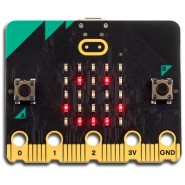
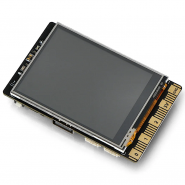

The Gravity: Linear/Analog Hall Sensor is a high-precision device designed for measuring and monitoring magnetic field strength. With advanced Hall effect circuitry at its core, this sensor converts magnetic induction strength directly into a voltage output.The sensor responds uniquely to magnetic fields: when the south pole of a magnet faces the sensing surface, the magnetic field strengthens, and the output voltage rises above the midpoint, gradually increasing
If you want to know more about this product, please check its Wiki Page.

